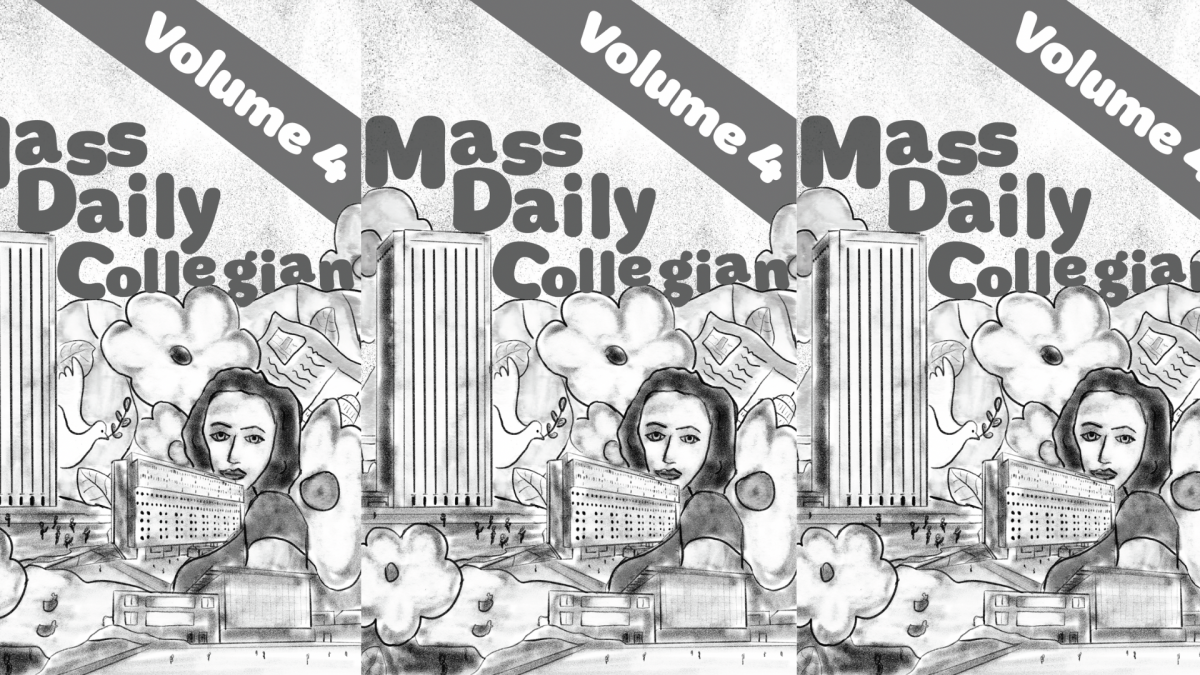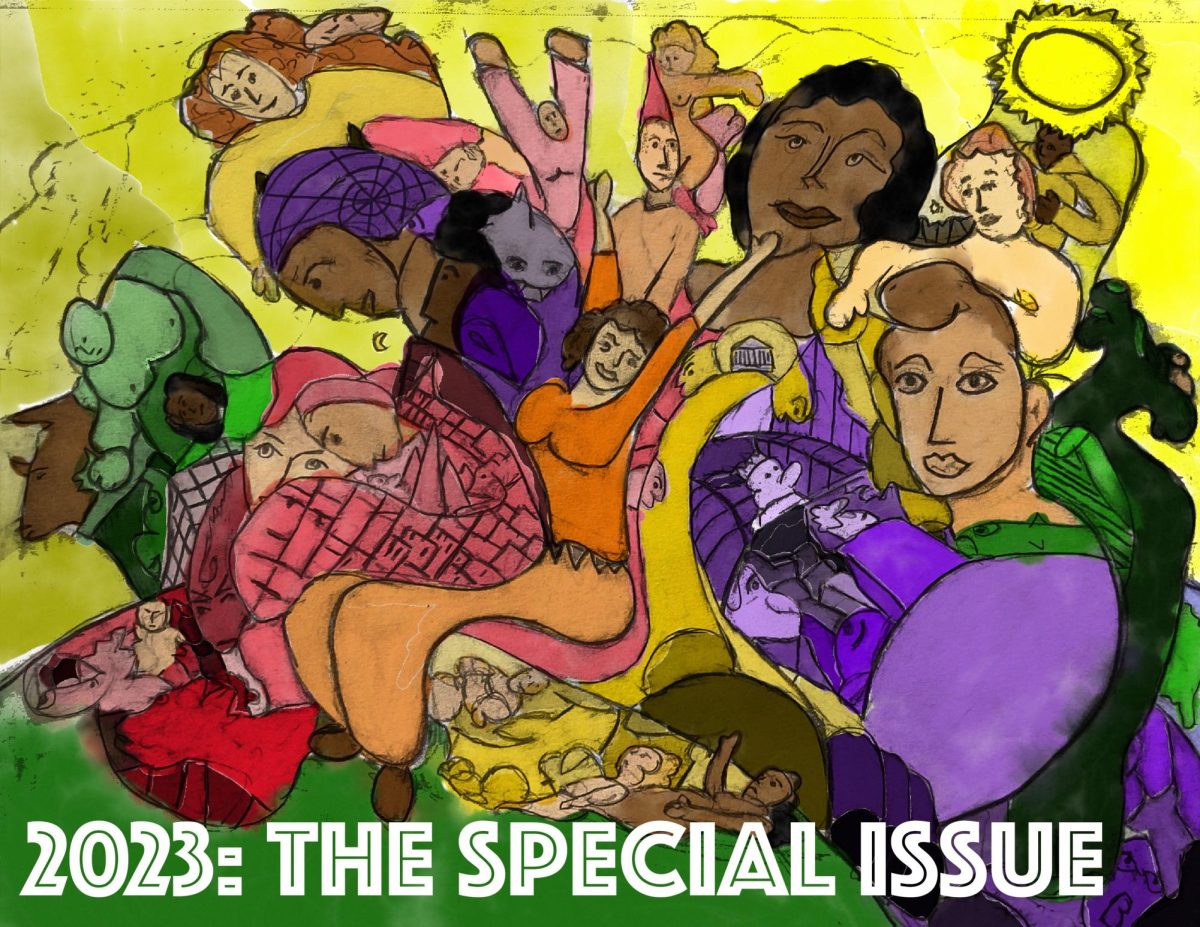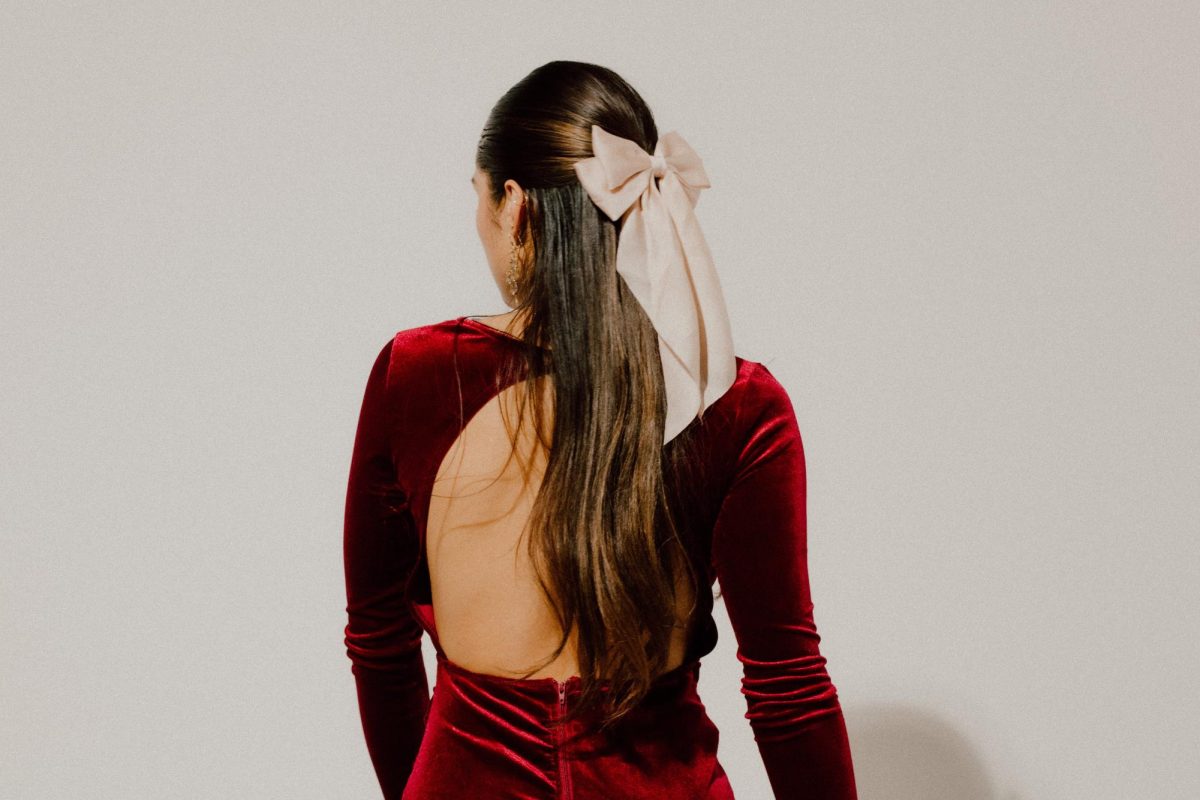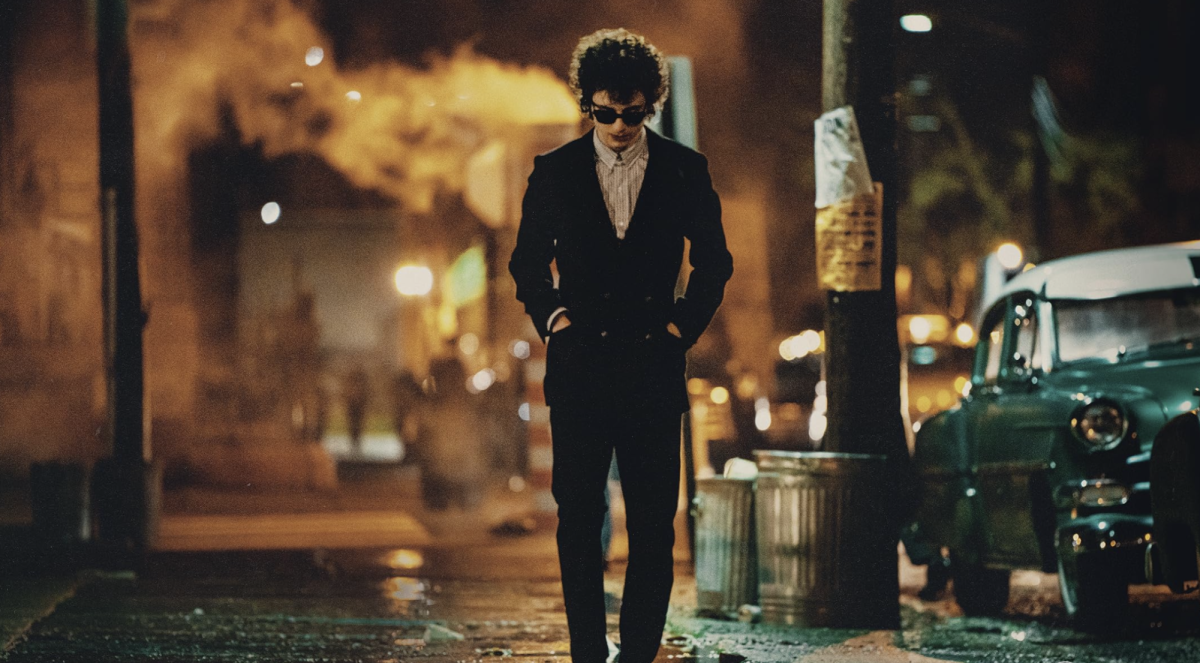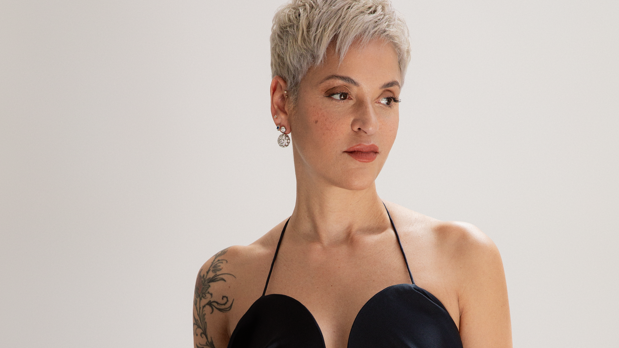“I was born in 1989, reinvented for the first time in 2014, and a part of me was reclaimed in 2023 with the re-release of this album I love so dearly. Never in my wildest dreams did I imagine the magic you would sprinkle on my life for so long,” Taylor Swift stated in a handwritten message to her millions of fans on Oct. 27, commemorating the release of “1989 (Taylor’s Version).”
The release marks the fourth entry in Swift’s highly ambitious project to re-record her first six albums. The project beganin 2019, when Swift’s former record label, Big Machine Records, was sold to Scooter Braun, who is best known for managing some of today’s biggest pop stars such as Ariana Grande and Justin Bieber.
The deal was made without Swift’s permission, whereas Braun then owned the master recordings of her entire discography. In the music industry, artists owning their masters is crucial, as artists reap the majority of royalties whenever their recordings are licensed in TV, advertisements and other platforms. Otherwise, a record label or corporation would receive those royalties. Prince famously said, “If you don’t own your masters, your masters own you.”
When the original version of “1989” was released in 2014, many believed Swift had reached the peak of her stardom. Nearly every single became a chart-topping radio hit, and her music became inescapable. Suddenly, parents and grandparents alike found themselves dancing to “Shake It Off” in the car.
Nearly a decade later, Swift has somehow reached an even greater level of success and media attention, thanks in part to her record-breaking “Eras Tour” and subsequent film. On Aug. 9, Swift announced the album live in Los Angeles on the last night of the U.S. leg of “The Eras Tour,” sparking headlines around the world.
As Swift’s first foray into the world of pop music, “1989” features a number of juggernaut co-writers and producers from across the music industry. Only some return for Swift’s Version, with Christopher Rowe filling in for the iconic Swedish producer Max Martin on tracks such as “Blank Space,” “Style” and “How You Get the Girl.”
Christopher Rowe deserves credit for taking on the daunting task of re-creating the instrumentals of songs he didn’t originally produce. In many areas of the album, he was quite successful, mirroring Martin’s complex production methods. For example, “Wildest Dreams (Taylor’s Version),” released two years before the album’s release, sounds almost identical to its 2014 counterpart with Swift’s powerful vocal delivery complimenting Rowe’s dreamy synth-pop production.
Unfortunately, some of Rowe’s other recreations on this album aren’t as successful. A common critique of “1989 (Taylor’s Version)” is that certain songs don’t carry the same magic or charm as their original iterations, whether from questionable production choices to Swift’s vocal delivery feeling less emotional.
In particular, the chart-topping hits are a little less loved the second time around. They don’t carry the same emotional weight as their predecessors, sometimes feeling as though Swift is performing a karaoke rendition of a hit song. Don’t get me wrong, these songs are still an enjoyable listen, but they can fall flat compared to their originals.
“Bad Blood” doesn’t have the same intense delivery as the original does. At the time, Swift’s passion came through her vocals, with gritty, aggressive verses and an intimidating chorus. This time around, the conflicts that inspired the song are long past. This comes through in her delivery, sometimes sounding borderline happy.
Certain tracks on the album retain their original producers, and it is these tracks that shine the brightest. “Clean,” co-written and produced by Imogen Heap, “I Know Places” with OneRepublic’s Ryan Tedder and “Out of the Woods” with Jack Antonoff sound arguably better than the originals. Each of these tracks, while not the chart-topping, smash hits of the album, are some of the best in her discography, showcasing the deeper, emotional side of an album often considered her most upbeat.
Much like Swift’s previous re-recordings, “1989 (Taylor’s Version)” allows fans to listen to previously scrapped songs written at the time of an album’s original release, known as “From The Vault” tracks. These vault tracks offer Swifties the opportunity to hear new songs from their favorite albums complete with modern production and Swift’s matured vocals.
On this album, “Say Don’t Go” is my favorite vault track. It was co-written by Diane Warren, a juggernaut songwriter who penned hits like “I Don’t Want To Miss A Thing” by Aerosmith, “If I Could Turn Back Time” by Cher and “Rhythm Of The Night” by DeBarge. In the song, Swift paints a colorful picture of longing for her lover to give her a reason to stay in the relationship. Through an anthemic chorus, she juxtaposes her desire to remain together with a lover with her outrage at him for leading her on.
While there’s no denying some aspects of the vault tracks were written around 2014, the vault tracks present an entirely different aesthetic and tone from the original album. Sonically and lyrically, they are more akin to Swift’s most recent release, “Midnights,” rather than “1989.” It makes sense, given that every vault track is co-produced with Jack Antonoff, much like “Midnights.”
On that album, Swift leans heavily into the emotional weight of her lyrics, with more simplistic, computerized instrumentals. These vault tracks follow the same feeling, with dream-like synthesizer fogs overlaying Swift’s free-verse style lyrics. “Suburban Legends” is the epitome of this, with wordy, non-rhyming lyrics sandwiched between an upbeat chorus reminiscent of the main album.
With “1989 (Taylor’s Version),” Swift successfully reclaims ownership of her most popular album, making a defiant statement that artists deserve the rights to their music. While there are some occasional moments with questionable production, this is the perfect album to play on a warm day while driving with the windows down on the highway. It’s an album that is guaranteed to make you feel good — because when life gets you down, you’ve gotta shake it off.
Nathan Legare can be reached at [email protected].



